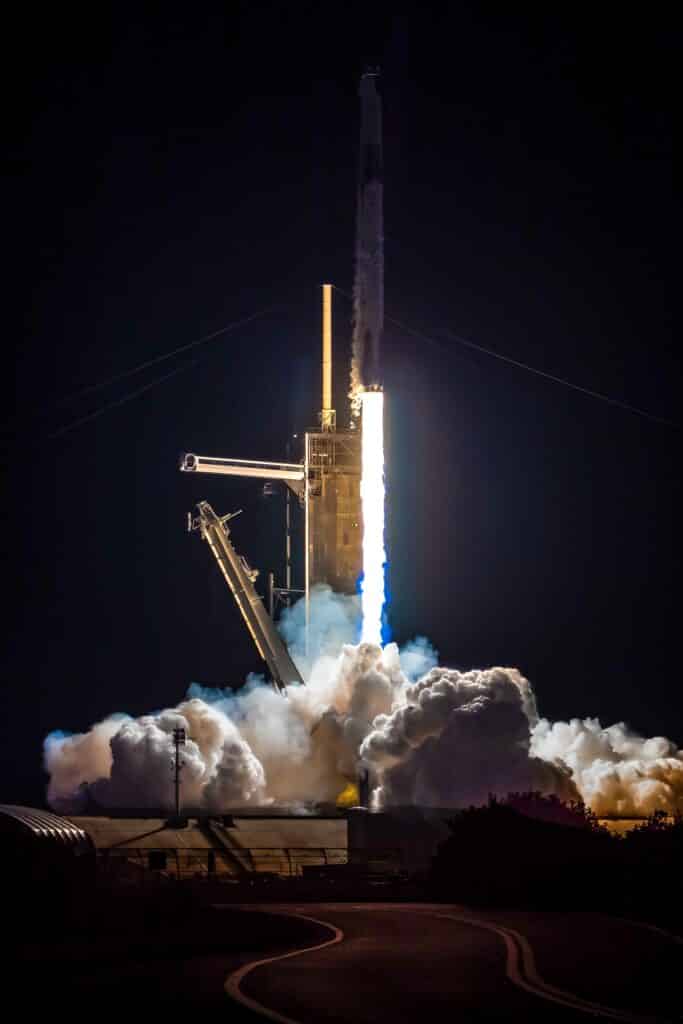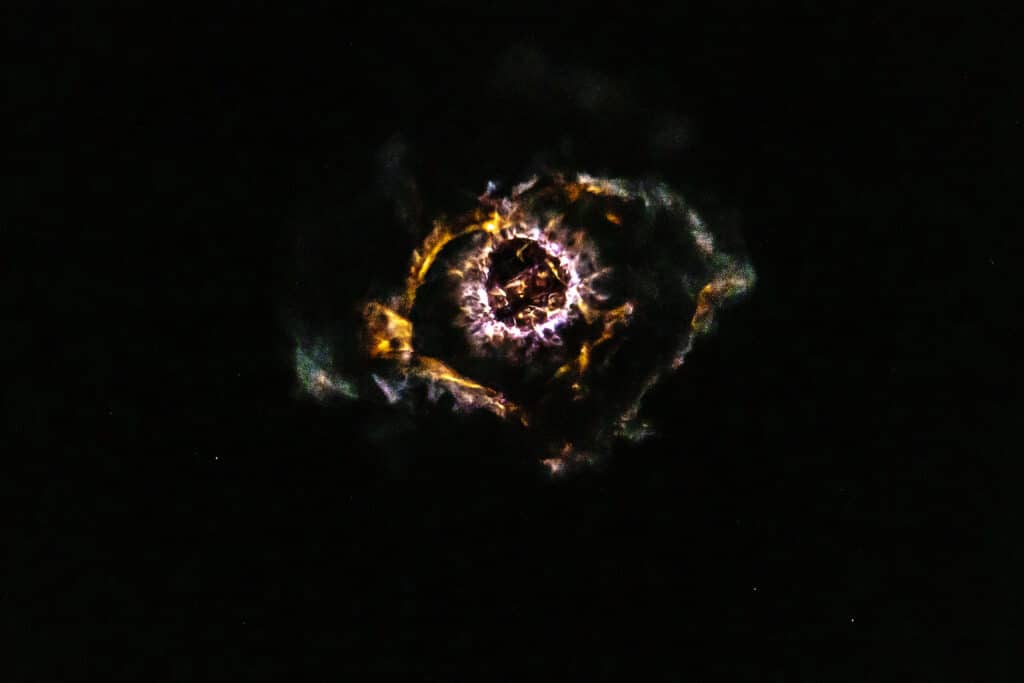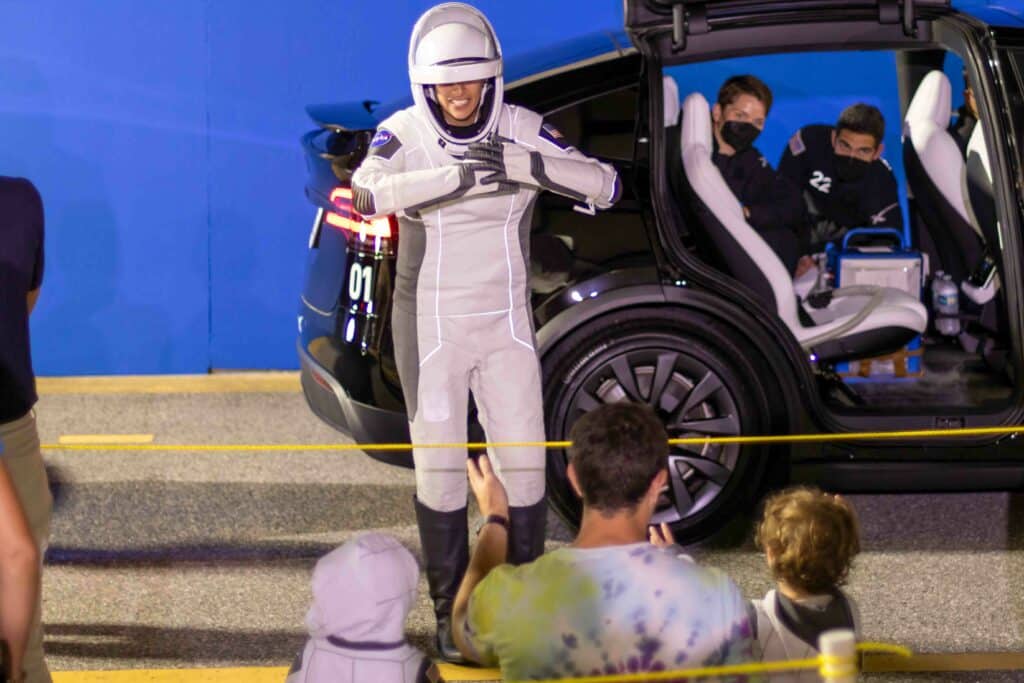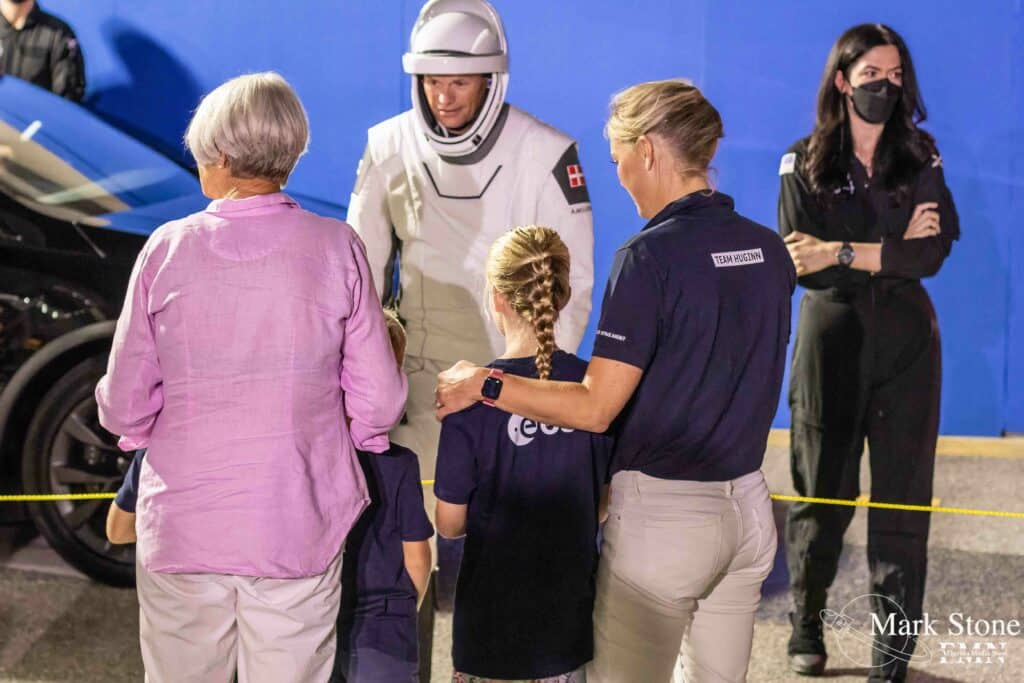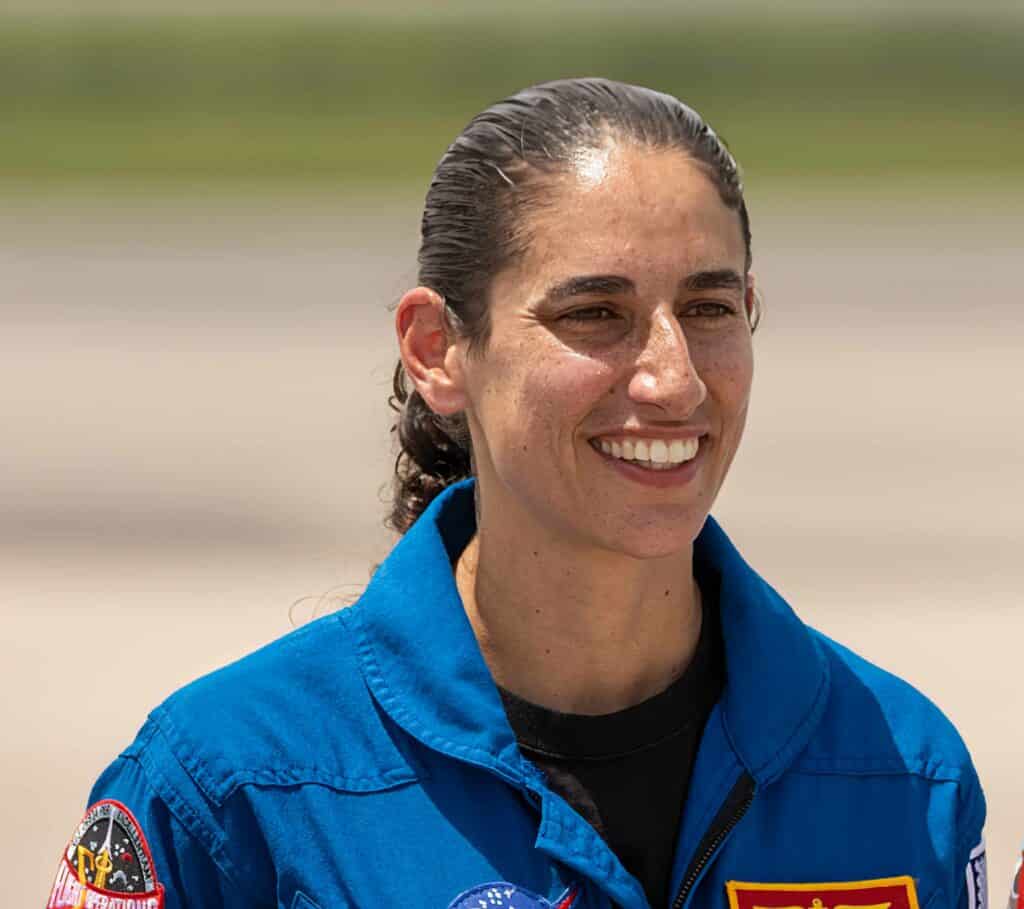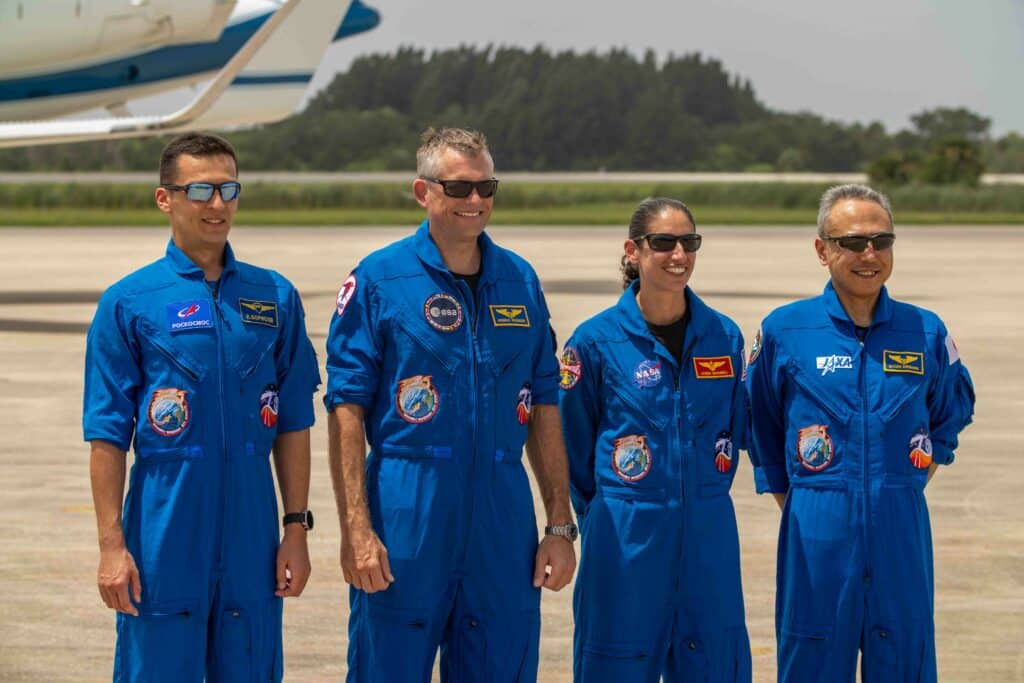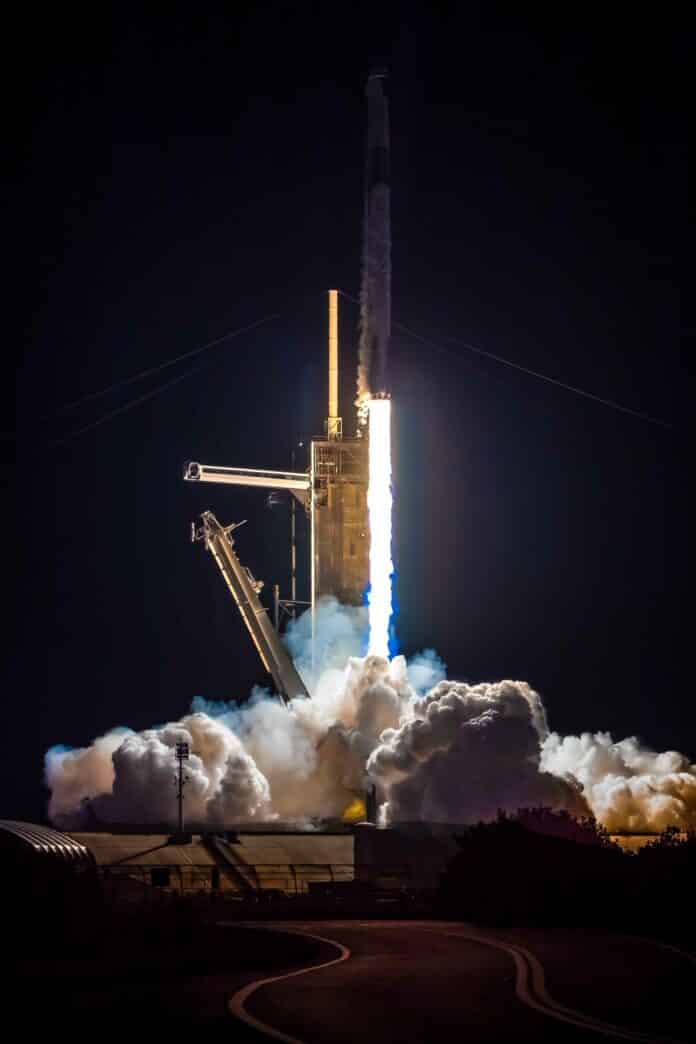Four astronauts headed to the International Space Station (ISS) early Saturday morning as NASA’s seventh commercial crew mission got underway. Riding atop a brand new Space X Falcon 9 booster in the Crew Dragon module Endurance, NASA astronaut Jasmin Moghbeli led an international team on a 29-hour flight to the ISS. The crew will stay in orbit for six months, performing scientific experiments to deepen our understanding of long-term spaceflight and its effects on the human body. The mission replaces the four astronauts of Crew Six, who have been aboard the station since January and will return to Earth within a few weeks.
European Space Agency pilot Andreas Morgensen of Denmark, mission specialist Satoshi Furukawa of the Japanese Space Agency JAXA, and mission specialist Konstantin Borisov of the Russian Space Agency Roscosmos round out the team of the Crew 7 mission. The three astronauts and one cosmonaut make up the most internationally diversified mission yet.
Jasmin Moghbeli is the second-ever Iranian-American astronaut and is on her first trip to space. A New York native, Moghbeli is well-suited for command of the mission. She is an aerospace engineer and has a background as an AH-1W Super Cobra pilot and Marine Corps test pilot. She has over 150 combat missions and 2,000 hours of flight time in over 25 different aircraft. Moghbeli is also a distinguished graduate of the U.S. Naval Test Pilot School in Patuxent River, MD. She and her husband, Sam Wald, are the proud parents of young twin girls.
For Andreas Morgensen, the flight marks his second and longest trip to space, following a ten-day mission to the ISS in 2015. Mogensen is a Danish engineer and ESA astronaut who is best known for being the first Dane to fly in space as part of the European Space Agency’s Iriss program.
At 59 years old, Satoshi Furukawa is a Japanese surgeon and Japan Aerospace Exploration Agency (JAXA) astronaut. Furukawa was assigned to the International Space Station as a flight engineer on the long-duration mission Expedition 28/29, lifting off in June 2011 and returning in November 2011.
Cosmonaut Konstantin Borisov is an aerospace engineer and has been with the Russian Space Agency Roscosmos for five years, where he works as a Test Cosmonaut. He holds a Master’s Degree in Operational Research Management and Aircraft Engineering and a Bachelor’s Degree in Economics and Financial Management. When not flying, he teaches the art of Freediving at his school in Russia.
The four members of the crew arrived at Kennedy Space Center aboard a NASA jet almost a week prior to the launch. After arriving at the Kennedy Space Center, the astronauts gave a brief press conference and were placed in quarantine while completing final training and mission preparations. According to NASA officials, placing astronauts in quarantine before a flight is a routine measure to make sure they don’t carry any viruses to the international space station.
Just hours before the scheduled launch on Friday, August 25th, the launch was delayed due to a problem with the cabin’s environmental system. Technicians were able to repair the issue, but the time delay forced the launch to be scrubbed for the day.
Just under twenty-four hours later, the Crew 7 mission successfully launched into a dark, humid Florida sky. Upon reaching orbit, an exhilarated Jasmin Moghbeli said to SpaceX mission control, “SpaceX, thanks for the ride. It was awesome! We may have four crewmembers on board from four different nations, Denmark, Japan, Russia, and the United States, but we’re a united team with a common mission.”
The Crew Dragon capsule Endurance docked at the International Space Station (ISS) at 9:16 a.m. EDT on Sunday, August 27th, where the autonomous ship parked itself at a space-facing port on the outpost’s U.S.-built Harmony module. Dragon and the station were soaring 261 miles above Australia at the time.
“Thank you so much,” Crew-7 commander Jasmin Moghbeli radioed to SpaceX mission control after the successful docking. “I have to keep reminding myself that this is not a dream.”
